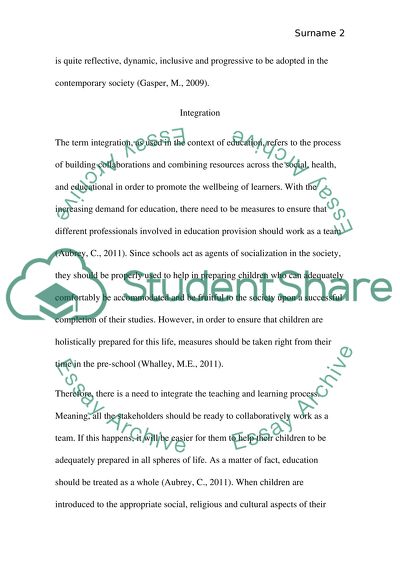Cite this document
(“Leadership and management Essay Example | Topics and Well Written Essays - 2250 words - 1”, n.d.)
Leadership and management Essay Example | Topics and Well Written Essays - 2250 words - 1. Retrieved from https://studentshare.org/education/1636490-leadership-and-management
Leadership and management Essay Example | Topics and Well Written Essays - 2250 words - 1. Retrieved from https://studentshare.org/education/1636490-leadership-and-management
(Leadership and Management Essay Example | Topics and Well Written Essays - 2250 Words - 1)
Leadership and Management Essay Example | Topics and Well Written Essays - 2250 Words - 1. https://studentshare.org/education/1636490-leadership-and-management.
Leadership and Management Essay Example | Topics and Well Written Essays - 2250 Words - 1. https://studentshare.org/education/1636490-leadership-and-management.
“Leadership and Management Essay Example | Topics and Well Written Essays - 2250 Words - 1”, n.d. https://studentshare.org/education/1636490-leadership-and-management.


